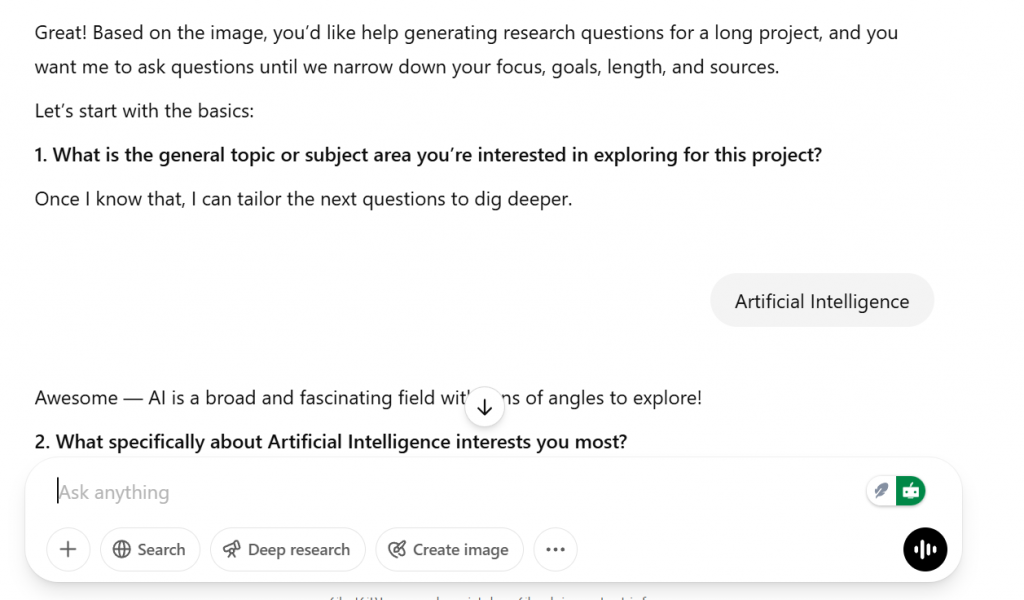What current AI-related issues, developments, or decisions do you find especially relevant to contemporary society? Craft a short post to give your classmates an overview of the issues involved and why it’s so important.
AI is used in the hiring process these days, and it frequently scans our resumes. Many of these models are trained on biased data, which reinforces or even worsens existing inequalities. For instance, hiring algorithms may favor male applicants if trained on historical data that favored male applicants. Similarly, algorithms may favor white applicants over people of color.
Given how AI is becoming ingrained in daily life, this topic is particularly important today. In the future, only AI might be used in the hiring process. These systems have the potential to covertly support widespread systemic discrimination if we don’t confront bias today. It draws attention to how urgently inclusive data practices, accountability, and openness are needed in the development of AI.

